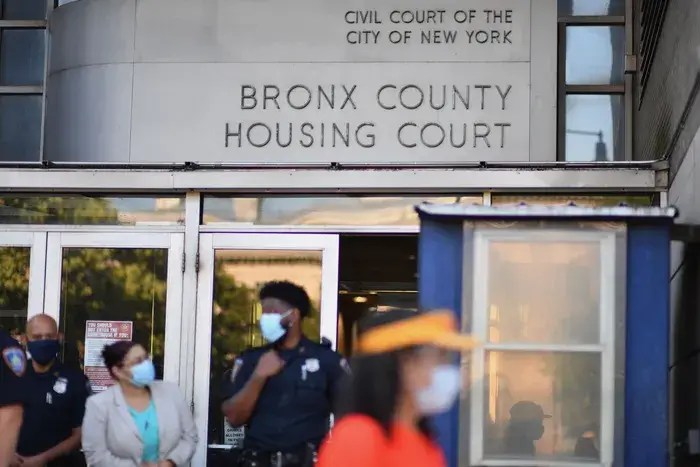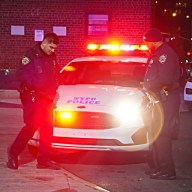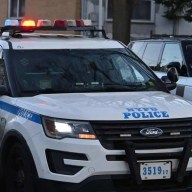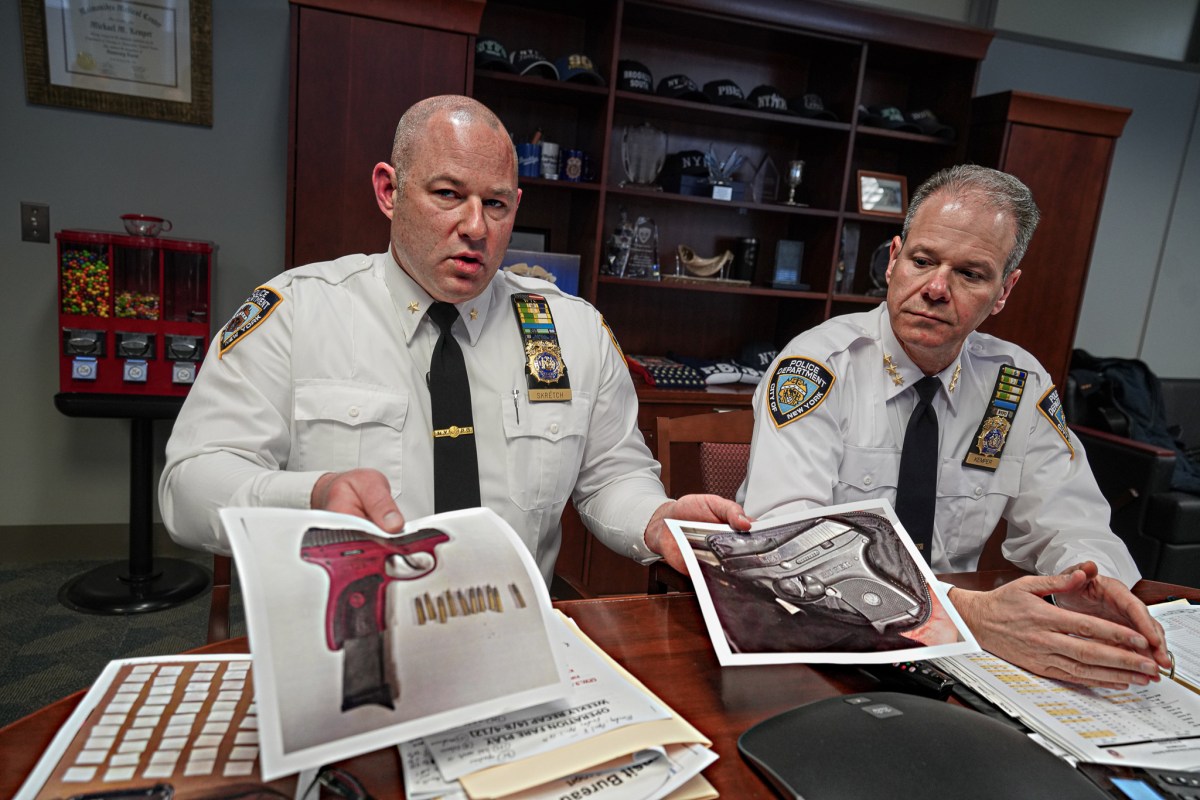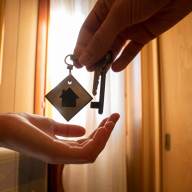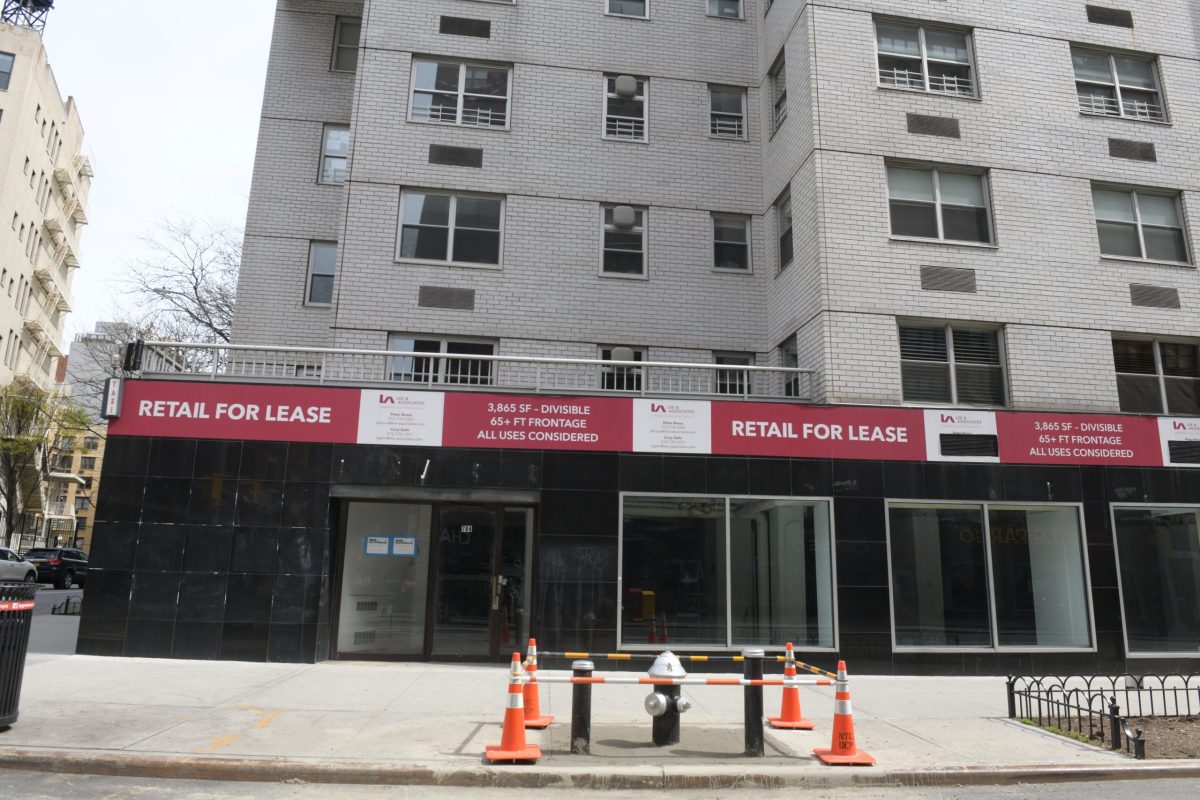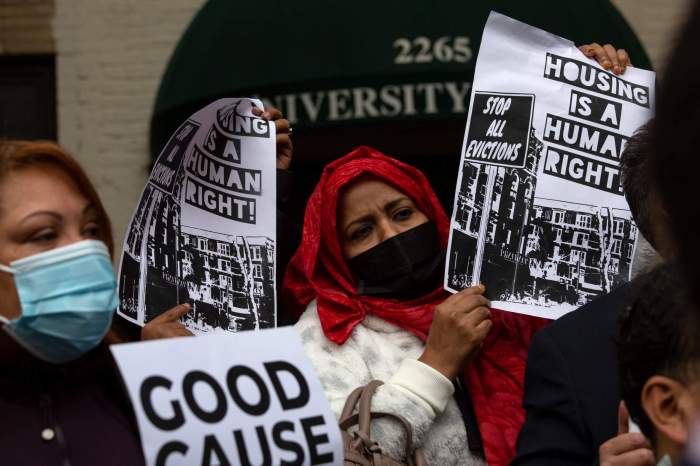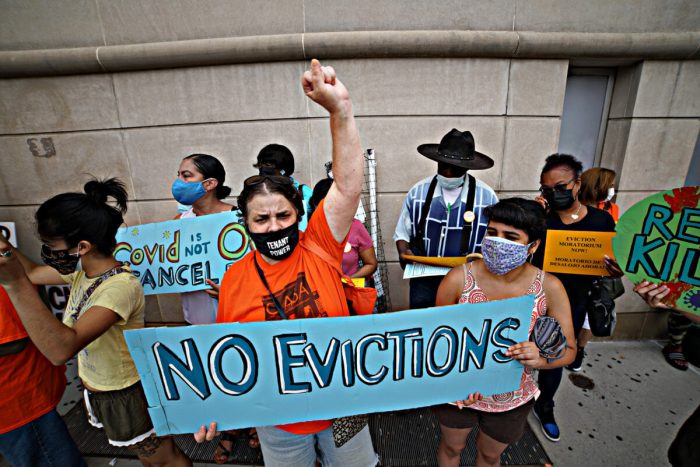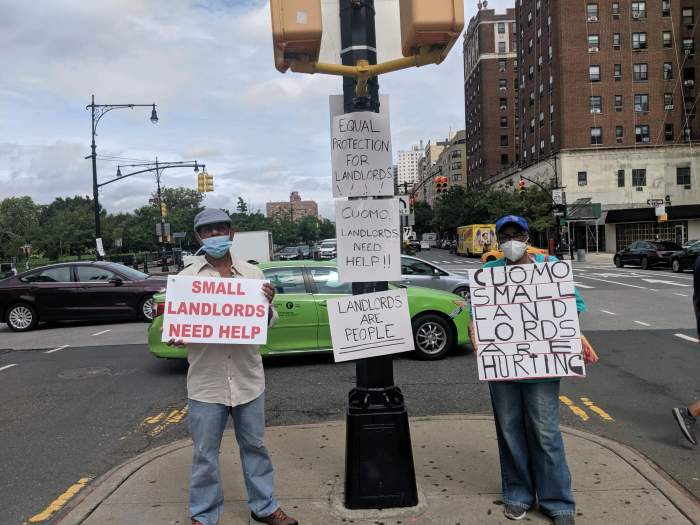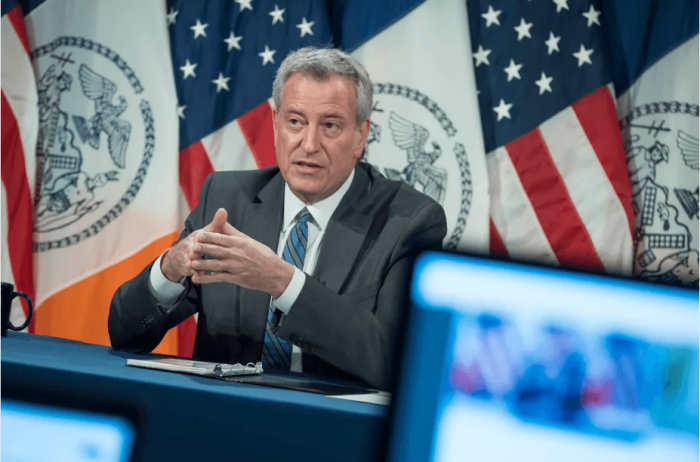New York’s Right to Counsel law in 2017 was intended to provide tenants who are under 200% of the federal poverty line with access to counsel in housing court. But when a state eviction moratorium coming out of the pandemic expired back in January amid protests and a backlog of housing court cases, the volume of the city’s eviction filings spiked.
In the Fordham/Kingsbridge/University Heights section of the Bronx, landlords have sued more than 50 families per 1,000 units since the pandemic, according to data released in a 2021 report by Association for Neighborhood & Housing Development (ANHD).
Yesenia, a Fordham Heights resident who didn’t wish to disclose her last name because of lack of documentation, told the Bronx Times that she found the legal system tough to navigate as a non-English speaker relying on her husband’s job in the gig economy.
Yesenia is one of many eviction-threatened Bronxites without legal representation in one of the borough’s eviction corridors. When her rent jumped, and her husband died due to complications from COVID-19 in March, she was taken to court and is facing an early 2023 eviction date.
Lucien Chalfen, a spokesperson for the state Office of Court Administration, told the Bronx Times that raw data doesn’t factor in how arduous it is for tenants navigating through the legal housing arena for the first time. In some cases, clients may join a case after performing background cases and gathering more info on a particular filing.
“The problem with that (data) methodology is that it includes cases that were on an intake calendar the first time and the legal services providers almost never agree to represents respondents on the first time. They have to do conflict checks and often have an internal process that takes some time.” said Chalfen. “Given that the legal services providers eventually get on the case, an accurate and meaningful read of the data will show that the percentage of tenants appearing with counsel is much higher. ”
To accommodate the needs of the legal services providers, the court adjourns first-time-on eviction proceedings as “a matter of course” with exceptions if a tenant is not income-eligible for free legal services, according to Chalfen.
For the third year in a row, the Bronx led the state in eviction filings. Of the 17,000 tenants facing eviction alone in the city, more than 12,000 of them are in the Bronx and Brooklyn.
“I had lost my partner (from) COVID, and was pretty much a single mom and didn’t have an income, and I got an eviction notice a month after the (moratorium) and didn’t once see my landlord,” said Yesenia, through translation. “(The landlord’s) lawyers will call me and ask if I have a lawyer. I explain I don’t and they tell me that I still need to move out next month or I go to court.”
Right to Counsel legal services are free, available in every ZIP code and available regardless of immigration status.
Eight of the 10 NYC districts with the highest rates of eviction filings are in the northernmost borough (Bronx districts 1-7 and 12); one is in Brooklyn (East Flatbush, District 17); and one is in Queens (Elmhurst/Corona, District 4), according the aforementioned Association for Neighborhood & Housing Development.
Real median gross rent in Fordham and the University Heights section of the Bronx increased from $1,090 in 2006 to $1,290 in 2019, according to data by the Furman Center. Roughly 38.8% of renter households in that area were already severely rent-burdened — spent more than 50% of household income on rent.
Elected officials began sounding the alarm about major issues with housing cases this month.
In a letter to Anthony Cannataro, the interim chief judge of the state’s Court of Appeals, borough presidents Vanessa Gibson, of the Bronx, and Mark Levine, of Manhattan, called for a pause in housing court cases where tenants don’t have a lawyer.
“Tenant leaders fought for years and won the right to counsel,” Jenny Laurie, executive director of the Housing Court Answers, an organization that educates tenants and small business owners through a designated hotline. “But today, over our hotline and at our information tables in the Bronx, Brooklyn and Queens courts, we are talking to tenants who cannot get attorneys in their eviction cases. We are talking to tenants every day who we know could save their apartments with legal representation – and who will almost certainly get evicted without counsel.”
In December 2020, under then Gov. Andrew Cuomo, New York state issued an eviction moratorium that was reauthorized several times until finally expiring on Jan. 16 of this year.
NYC Eviction Crisis Monitor, a real-time tracker that tracks data, tenant representation and volume of eviction cases since January 2022 ― and efforts by Right to Counsel NYC Coalition, along with ANHD and Housing Data Coalition ― found that landlords throughout the city have filed about 2,100 new eviction cases per week since March 2020.
Another tracker, the New York State Eviction Crisis Monitor was released by RTC and ANHD released in March 2021, breaks down eviction filings by zip code since the beginning of the pandemic.
Advocates said that when Right to Counsel was being enforced, 84% of tenants who attainted counsel, stayed in their homes.
In the Bronx, most risk indicators were consistently high for the majority of community districts; these include rate of uninsurance, low area median income (AMI), percentage of people who are rent-burdened, rate of tenant-initiated housing court cases, rate of immediately hazardous housing code violations, rate of unplanned NYCHA service outages, and low refinance loan approval rates.
Those same districts have high percentages of people of color and people with limited English proficiency. Oftentimes, Black and brown tenants are bearing the brunt of the worst housing outcomes, accruing more than double the maintenance violations and facing more than half as many evictions as their peers, researchers from the University Neighborhood Housing Program and nonprofit Local Initiatives Support Corporation found in their report.
“In 2019, 13% of households in the Bronx had eviction filings. While this figure has come down in recent years partly due to the eviction moratorium and The Right to Counsel Law, the Bronx continues to bear the brunt of predatory and discriminatory housing practices,” said Allia Mohammed, founder of NYC renters app Openigloo. “Bronx renters have shared reviews about their buildings and landlords, describing frequent turnover of owners, speculative buying, steep increases, and harassment tactics to get tenants out.”
Further housing protections would have also been included in the Good Cause bill, which didn’t make it out of the state Legislature during this year’s budget cycle. If enacted, that legislation would have allowed tenants to challenge rent increases and unjust evictions in court, except in cases of nonpayment, creating a nuisance or when a landlord obtained a court order. It would have also required landlords to justify rent increases greater than 3% or 150% of the Consumer Price Index. But critics argued the bill would have to led to higher property taxes and restricted the ability to create new affordable housing.
Reach Robbie Sequeira at rsequeira@schnepsmedia.com or (718) 260-4599. For more coverage, follow us on Twitter, Facebook and Instagram @bronxtimes

